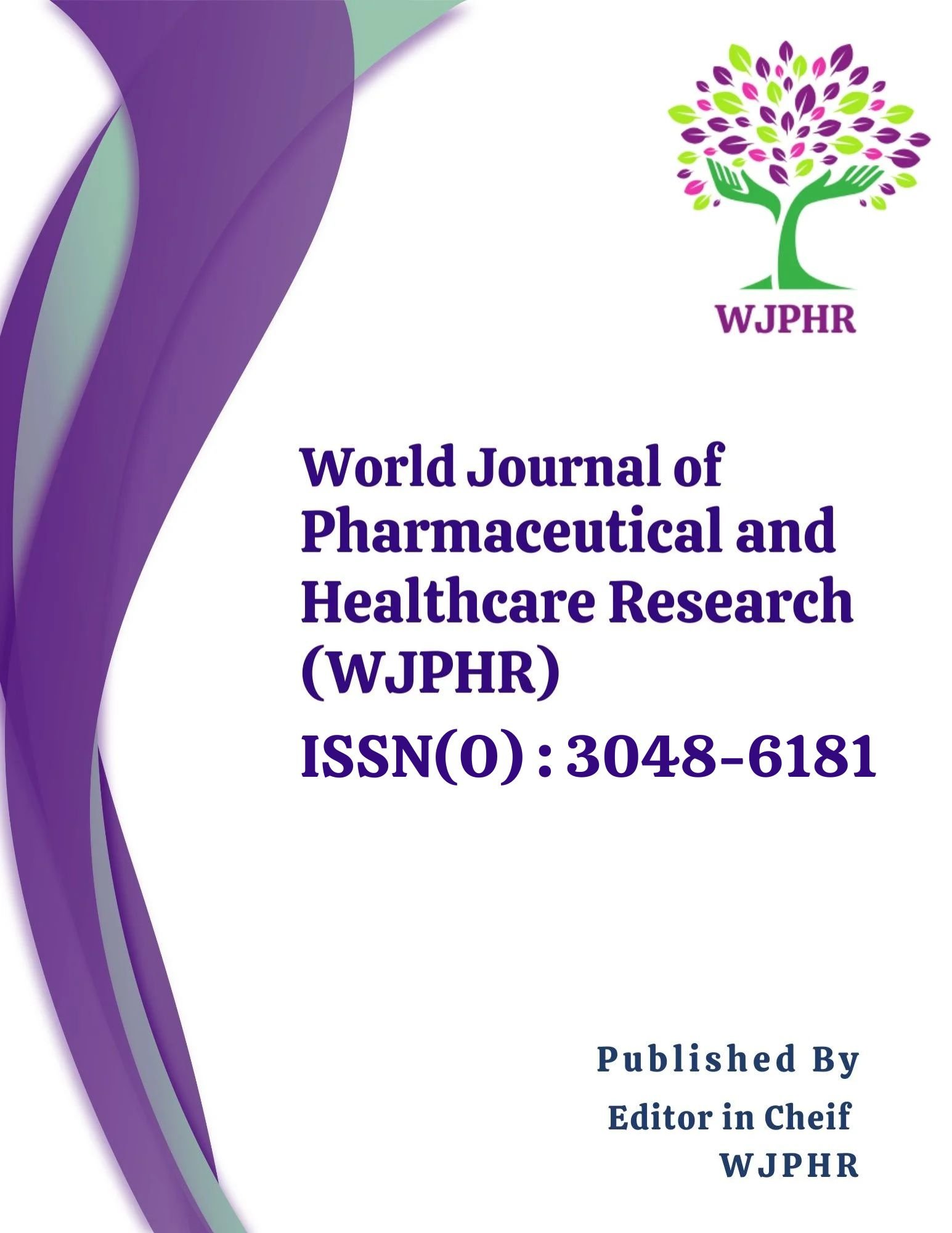DOI:
VOLUME 1 – JUNE ISSUE 2
*Peter A. Owonaro, Ebena Micah, Daughter Owonaro E, Chima Ifeanyi and Gbafade Funkekeme
ABSTRACT
Spontaneous adverse drug reaction (ADR) reporting helps in the detection of serious, unexpected, and unusual ADRs. Healthcare pharmacists play an integral part in the success of every pharmacovigilance program. Even though the pharmacovigilance program of Nigeria was launched in 2001, the under-reporting of ADRs by pharmacists and other health professionals has been the bane of the program. Data on factors that contribute to the low reporting rate in FMC, Yenagoa, Bayelsa State Nigeria is however limited. The main objective of this study was to assess the knowledge, attitudes, and practice of ADR reporting among hospital pharmacists in FMC, Yenagoa. The study was a cross-sectional survey of 74 hospital pharmacists. The self-administered questionnaires were distributed and wordings were rephrased to eliminate any ambiguity. Information from the returned questionnaire was coded and entered into SPSS version 20 software. The results were presented as mean ± standard deviation, frequencies, and percentages. Tables and Charts were drawn with MS Excel, 2013. The knowledge of the pharmacists in the ADR reporting procedure was assessed by their answers to 12 specific knowledge questions. The score obtained by each respondent was graded as poor, average, good, very good, or excellent. The rate of ADR reporting was calculated by dividing the number of pharmacists who reported an ADR by the number who saw an ADR, and the result was multiplied by 100. The participant response rate in this study was 79.2%. Of the 71 pharmacists who completed the questionnaire, 49 (69.01%) had seen a patient with suspected ADR in the past year before the study, however only 16 (22.54%) of them reported them by completing the ADR form. Reasons given for not reporting the ADRs included “reaction commonly reported for the suspected drug” (36.62%). Refresher training on drug safety and ADR reporting, making available ADR forms, introducing electronic reporting of ADRs, and introducing pharmacovigilance as a major course in the pharmacy education curriculum were some of the strategies suggested by respondents to improve ADR reporting. The ADR reporting rate among hospital pharmacists in FMC, Yenagoa was 22.54%. The majority of pharmacists involved in this study had adequate knowledge of the reporting procedure. Lack of time or heavy workload and, the inability of some pharmacists to recognize and diagnose ADRs were some factors that contributed to the under-reporting of ADRs in the FMC, Yenagoa. To further improve the reporting rate, refresher courses in drug safety and ADR reporting should be periodically conducted for hospital pharmacists. ADR reporting forms should also be made readily available in the wards, consulting rooms, and pharmacies, and pharmacovigilance training in pharmacy schools should be intensified to equip the newly trained pharmacist to diagnose and report ADRs to align with NAFDAC and WHO policy and guidelies.
Keywords:
Attitude, Pharmacist, adverse drug reactions, health facilities, knowledge, pharmacovigilance, Nigeria.
